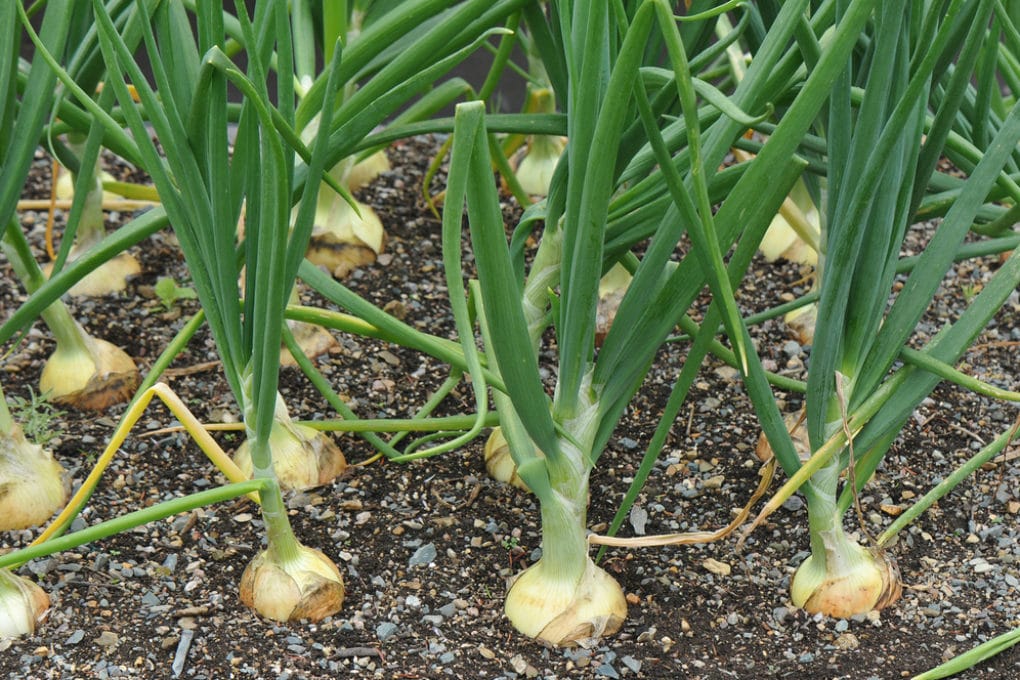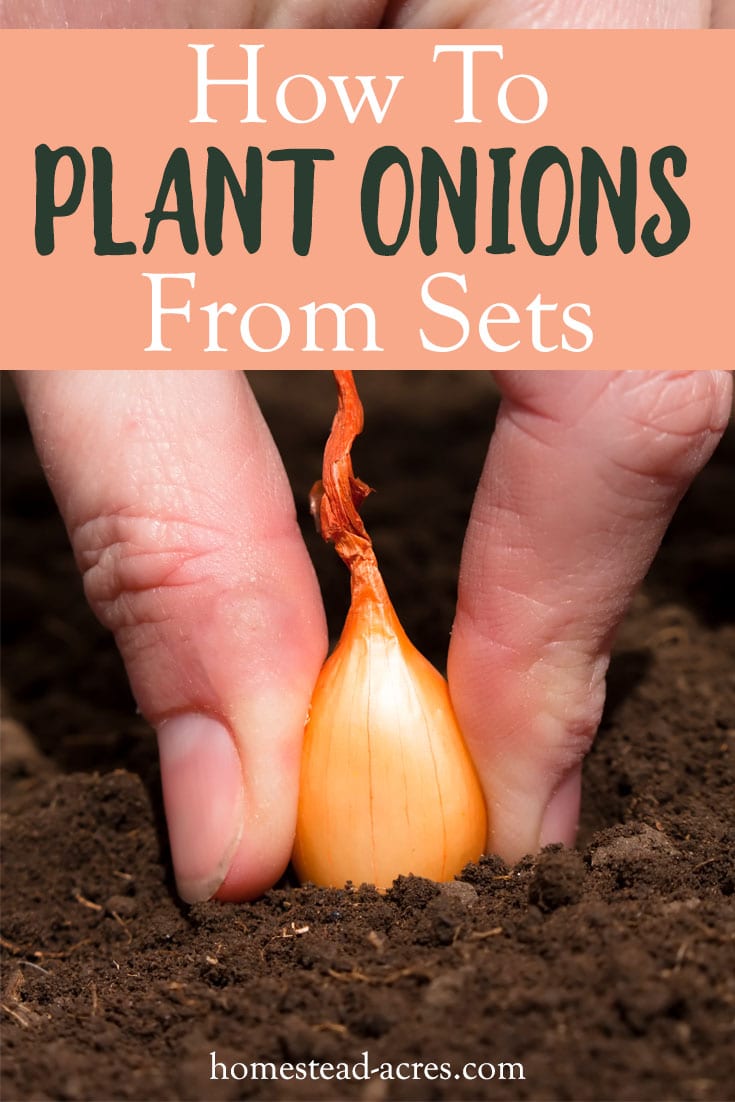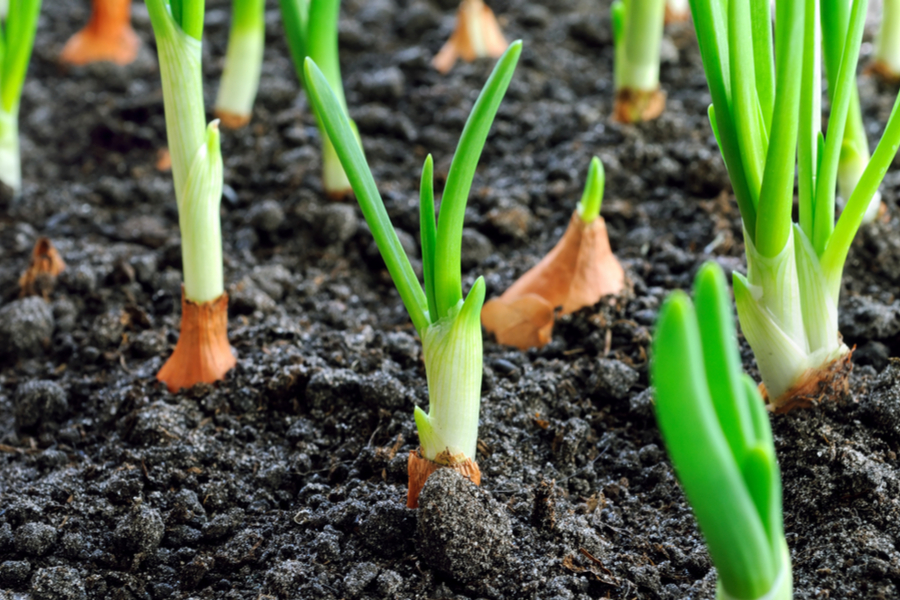What Are Onion Sets and Why Are They Popular?
Onion sets are a type of onion that is grown from small bulbs, rather than seeds. They have gained popularity among gardeners due to their ease of growth, faster maturation, and lower maintenance requirements compared to seed-grown onions. Onion sets are essentially immature onions that are harvested before reaching full maturity, then replanted to grow into full-sized onions. This method allows gardeners to skip the seed-starting process and get a head start on the growing season. As a result, onion sets have become a staple in many home gardens and commercial farms, offering a convenient and efficient way to grow delicious, flavorful onions.
One of the key benefits of onion sets is their rapid growth rate, which is a major advantage for those wondering how long does onion sets take to grow. In fact, some varieties of onion sets can be ready to harvest in as little as 60 days, making them an ideal choice for gardeners who want to grow onions quickly and easily. Additionally, onion sets require less care and maintenance compared to seed-grown onions, as they are less prone to pests and diseases. By understanding the benefits and advantages of onion sets, gardeners can unlock the secrets to successful growth and enjoy a bountiful harvest.
Preparing the Soil for Onion Sets: A Key to Success
Before planting onion sets, it’s essential to prepare the soil to create an ideal environment for growth. Onion sets thrive in well-draining soil with a pH level between 6.0 and 7.0. To achieve this, test the soil pH and amend it if necessary. Add organic matter such as compost or manure to improve soil structure and fertility. This will help retain moisture, suppress weeds, and provide essential nutrients for healthy growth.
Onion sets also benefit from a nutrient-rich soil amendment specifically formulated for onions. This can include a balanced fertilizer with a ratio of 10-10-10 (nitrogen-phosphorus-potassium) or a high-phosphorus fertilizer to promote root development. Apply the fertilizer according to the manufacturer’s instructions and mix it well into the soil.
In addition to pH and nutrient levels, soil texture plays a crucial role in onion set growth. Onion sets prefer a loose, well-draining soil that allows for easy root growth. If the soil is heavy clay or prone to waterlogging, mix in some organic matter or perlite to improve drainage. By preparing the soil correctly, gardeners can set their onion sets up for success and ensure a healthy, thriving crop.
How to Plant Onion Sets for Maximum Growth
Planting onion sets correctly is crucial for healthy growth and development. To ensure optimal growth, follow these step-by-step instructions:
1. Choose a location with full sun and well-draining soil. Onion sets prefer a spot that receives at least 6 hours of direct sunlight per day.
2. Plant onion sets in the early spring, as soon as the soil can be worked. In regions with mild winters, onion sets can be planted in the fall.
3. Plant the onion sets 1-2 inches deep, depending on the variety. Space them 4-6 inches apart, in rows that are 12-18 inches apart.
4. Plant the onion sets with the pointed end facing upwards and the base of the bulb facing downwards. This will help the onion set grow upright and prevent it from rotting.
5. Water the soil gently but thoroughly after planting. Keep the soil consistently moist during the first few weeks after planting.
By following these planting instructions, gardeners can set their onion sets up for success and ensure a healthy, thriving crop. Remember, proper planting techniques are essential for optimal growth and development. With a little care and attention, onion sets can thrive and provide a bountiful harvest.
The Growth Stages of Onion Sets: What to Expect
Onion sets go through several growth stages, from germination to maturity. Understanding these stages is essential for providing optimal care and ensuring a successful harvest.
The first stage of growth is germination, which typically occurs within 1-2 weeks after planting. During this stage, the onion set begins to sprout, and the first green shoots emerge from the soil.
As the onion set continues to grow, it enters the vegetative stage, characterized by the development of foliage and roots. This stage can last several weeks, during which time the onion set will require regular watering and fertilization.
As the onion set matures, it enters the bulbing stage, where the bulb begins to form. This stage is critical, as it determines the size and quality of the final harvest. Factors such as soil quality, climate, and variety can influence the bulbing stage, and gardeners should ensure optimal growing conditions to promote healthy growth.
Finally, the onion set reaches maturity, typically within 3-4 months after planting. At this stage, the bulb is fully formed, and the foliage begins to yellow and fall over. Gardeners can then harvest the onions, using the signs of maturity as a guide.
By understanding the different growth stages of onion sets, gardeners can provide targeted care and attention, ensuring a successful harvest and maximizing the potential of their onion crop. Remember, how long does onion sets take to grow depends on various factors, including climate, soil quality, and variety, but with proper care, onion sets can thrive and provide a bountiful harvest.
How Long Does It Take for Onion Sets to Grow?
One of the most common questions gardeners ask when growing onion sets is, “How long does it take for onion sets to grow?” The answer depends on several factors, including climate, soil quality, and variety.
On average, onion sets take around 3-4 months to mature from planting. However, this timeframe can vary depending on the specific growing conditions. In regions with mild winters, onion sets can be planted in the fall and harvested in the early spring, while in areas with cold winters, they are typically planted in the early spring and harvested in the summer.
Climate plays a significant role in the growth period of onion sets. In regions with warm temperatures and adequate moisture, onion sets can grow rapidly, while in areas with cool temperatures and limited moisture, growth may be slower. Additionally, soil quality and variety can also impact the growth period, with some varieties maturing faster than others.
For example, some popular varieties of onion sets, such as ‘Ebenezer’ and ‘Stuttgarter’, can take around 60-90 days to mature, while others, like ‘Walla Walla’ and ‘Vidalia’, may take around 120-150 days. It’s essential to check the specific growing instructions for the variety of onion sets you are planting to ensure optimal growth.
By understanding the factors that influence the growth period of onion sets, gardeners can plan and prepare for a successful harvest. Remember, how long does onion sets take to grow depends on various factors, but with proper care and attention, onion sets can thrive and provide a bountiful harvest.
Caring for Onion Sets: Tips for Optimal Growth
Once onion sets are planted, proper care is essential to ensure optimal growth and a successful harvest. This includes watering, fertilizing, and pest management, as well as addressing common challenges that may arise.
Watering is crucial for onion sets, especially during the first few weeks after planting. The soil should be kept consistently moist, but not waterlogged, to prevent rot and other diseases. As the onion sets grow, the frequency of watering can be reduced, but the soil should still be kept moist.
Fertilizing onion sets can provide essential nutrients for healthy growth and development. A balanced fertilizer with a ratio of 10-10-10 (nitrogen-phosphorus-potassium) can be applied at planting time, followed by additional applications every 2-3 weeks. However, it’s essential to avoid over-fertilizing, as this can lead to weak and leggy growth.
Pest management is also critical for onion sets, as pests such as aphids, slugs, and snails can cause significant damage. Organic pest control methods, such as neem oil and diatomaceous earth, can be effective in controlling pest populations. Additionally, crop rotation and companion planting can help to reduce the risk of pest infestations.
Common challenges that may arise when growing onion sets include bolting, where the onion sets prematurely form flowers and seeds, and rot, which can be caused by overwatering or poor soil drainage. To overcome these challenges, gardeners can take preventative measures, such as providing adequate spacing, improving soil drainage, and removing any infected plants.
By following these tips and addressing common challenges, gardeners can ensure optimal growth and a successful harvest of onion sets. With proper care and attention, onion sets can thrive and provide a bountiful harvest of delicious and flavorful onions.
Harvesting Onion Sets: When and How to Do It
Harvesting onion sets at the right time is crucial to ensure maximum flavor and freshness. Onions are ready to harvest when the tops of the plants begin to yellow and fall over, indicating that the bulbs have matured.
To check for readiness, gently dig around the onion sets with a fork, being careful not to damage the bulbs. Lift the onions out of the soil, and brush off any excess dirt. If the onions are ready, the skin should be dry and papery, and the neck should be tight and dry.
When harvesting onion sets, it’s essential to handle them carefully to avoid bruising or damaging the bulbs. Use a garden fork to gently loosen the soil around the onions, and then lift them out of the ground. Avoid using a tool that can cut or pierce the onions, as this can lead to rot and spoilage.
After harvesting, onions should be dried in a warm, dry place to remove any excess moisture. This can be done by spreading the onions out in a single layer on a tray or rack, or by hanging them in a warm, dry area. Once dry, the onions can be stored in a cool, dry place for up to several months.
Some varieties of onion sets, such as scallions and shallots, can be harvested at an earlier stage, when the bulbs are still small and the greens are still green. These can be used fresh in salads and other dishes, or can be dried and stored for later use.
By following these tips and guidelines, gardeners can successfully harvest and store onion sets, enjoying a bountiful crop of delicious and flavorful onions.
Troubleshooting Common Issues with Onion Sets
Despite their ease of growth, onion sets can be susceptible to certain problems that can affect their health and productivity. By being aware of these common issues and taking preventative measures, gardeners can minimize the risk of problems and ensure a successful harvest.
One common issue with onion sets is bolting, where the onions prematurely form flowers and seeds. This can be caused by stress, such as sudden changes in temperature or moisture, and can be prevented by providing consistent growing conditions and avoiding excessive nitrogen fertilization.
Another common problem is rot, which can be caused by overwatering or poor soil drainage. To prevent rot, gardeners should ensure that the soil is well-draining and avoid watering the onions excessively. If rot does occur, it’s essential to remove the affected onions to prevent the spread of disease.
Pests, such as aphids, slugs, and snails, can also be a problem for onion sets. These pests can be controlled using organic methods, such as neem oil and diatomaceous earth, or by introducing natural predators, such as ladybugs and lacewings.
In addition to these common issues, onion sets can also be affected by diseases, such as fungal infections and bacterial soft rot. These diseases can be prevented by providing good air circulation, avoiding excessive moisture, and using crop rotation to reduce the risk of infection.
By being aware of these common issues and taking preventative measures, gardeners can minimize the risk of problems and ensure a successful harvest of healthy and flavorful onions. With proper care and attention, onion sets can thrive and provide a bountiful crop for months to come.



/growing-onions-1403447-01-38d480a2d16d4ea0b0dd174f42785e1d.jpg)




